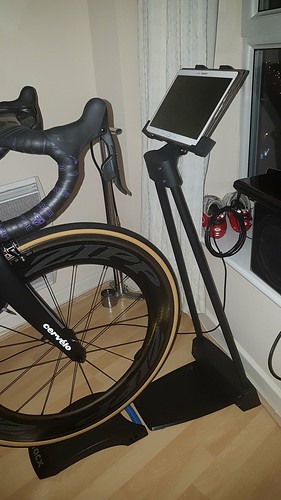Hown. a.u arbitrary units.not have rewardrelated characteristics other than
Hown. a.u arbitrary units.not have rewardrelated traits aside from social interaction, is advantageous for investigating the social reward elated activation aroused by social interaction per se. The process by frequency interaction effects (balltoss [highfrequency normalfrequency] buttonpress PubMed ID:https://www.ncbi.nlm.nih.gov/pubmed/26228688 [highfrequency normalfrequency]) also showed significant activation inside the precuneus. In contrast to ventral striatal activation, precuneus activation was not considerably correlated with scores around the Collectivism Scale. Therefore, precuneus activation represents frequent activation through the processing of social interaction, and was not straight modulated by preference for social interaction. The precuneus serves a wide array of selfrelated functions, such as episodic memory retrieval and selfprocessing operations480. Additionally to these taskdependent activations, the precuneus is prominently activated during the resting state (taskindependent activation)5. Within the highfrequency condition, balltosses fromto participants have been increased in comparison to balltosses amongst two other players. In this sense, the highfrequency situation from the balltoss run may implicitly remind participants of their social relationships. Via this kind of social interaction which includes receiving reputation, humans update the selfrelated image52 represented inside the precuneus53. In addition, reputationbased social behavior activates the precuneus54. Since the precuneus is functionally connected with the striatum, that is element from the reward system54, optimistic selfimage can be translated to social reward represented within the ventral striatum6. Consistent with the benefits of these preceding studies, the precuneus activation observed in the existing study could reflect typical functions involved in representing increased social interaction as a social reward in the ventral striatum.Precuneus activation on account of highfrequency effects throughout the balltoss game.Limitations. This study did not measure the expectation of enjoyment during the typical and highfrequency circumstances before the fMRI experiment. This was since we didn’t want the participants to anticipate the experimental manipulation, as this need to be avoided in social neuroscience experiments. Hence, we measured the expectation of enjoyment (social reward) after the fMRI experiment. It is  achievable that this manipulation confounded our measurements of expectation, for the reason that humans anticipate rewards determined by previous encounter through reinforcement learning32,33. In such circumstances, the expectation values should alter path, AZD0865 decreasing the difference between the ratings for expectation and practical experience. Nonetheless, the expectation effects throughout the balltoss situation had been higher than 0, suggesting the presence of expectation effects, specifically for the balltoss conditions. Though 32 participants appeared to think the task manipulation (i.e they believed that they played with real players), as demonstrated by postexperiment interviews, it truly is attainable that the experiment was influenced to some extent by the usage of virtual players. In other words, this activity may have implicitly expected participants to take a kind of `spectator’ view of social interaction55. In comparison with social interaction with real players, interaction with virtual players benefits in much less activation in social cognition elated places which include the superior temporal sulcus45. Nonetheless, even when a participant knows that the other players inside a.
achievable that this manipulation confounded our measurements of expectation, for the reason that humans anticipate rewards determined by previous encounter through reinforcement learning32,33. In such circumstances, the expectation values should alter path, AZD0865 decreasing the difference between the ratings for expectation and practical experience. Nonetheless, the expectation effects throughout the balltoss situation had been higher than 0, suggesting the presence of expectation effects, specifically for the balltoss conditions. Though 32 participants appeared to think the task manipulation (i.e they believed that they played with real players), as demonstrated by postexperiment interviews, it truly is attainable that the experiment was influenced to some extent by the usage of virtual players. In other words, this activity may have implicitly expected participants to take a kind of `spectator’ view of social interaction55. In comparison with social interaction with real players, interaction with virtual players benefits in much less activation in social cognition elated places which include the superior temporal sulcus45. Nonetheless, even when a participant knows that the other players inside a.
